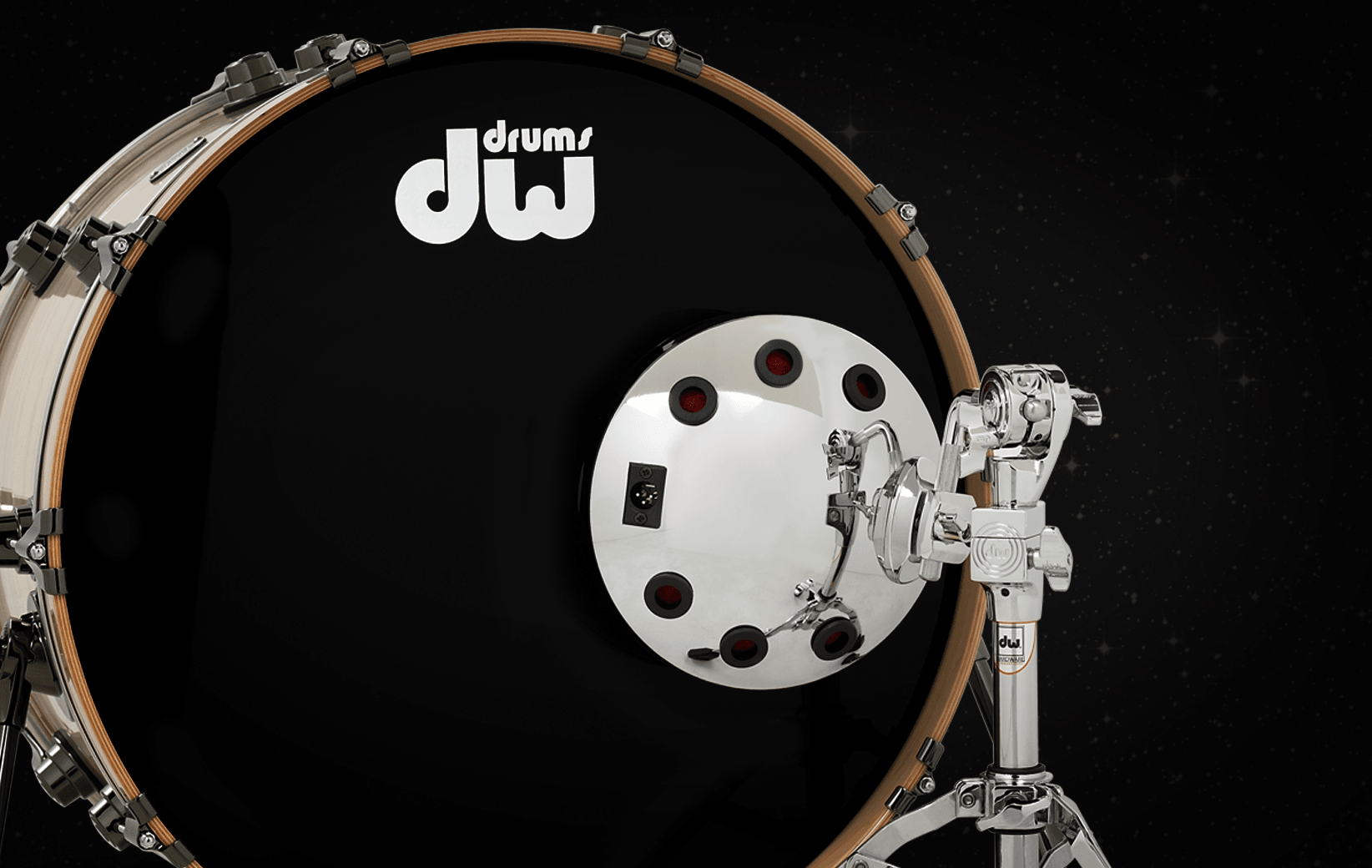
Drum Tuning Accessories
Get in tune.
Find your sound and stay there with this collection of tuning tools and hardware, built to fit most drum brands.

How To Tune Drums
John Good brings you into the DW Assembly Line to show you how he suggests tuning your drums, regardless of the brand.
How To Tune Drums
John Good says it best, but to summarize the key points:
Always tune one head at a time
Before tightening the tension rods, push hard on the center of the drum head to "seat/center" the head. You'll hear it crackle, but don't worry, you're not damaging the head. Only breaking it in.
First use only your fingers to tighten the tension rods, tightening opposing rods so that the head seats flat and even. Similar to how you'd tighten lugs on a car wheel. Alternating in a criss-cross pattern.
Once all the rods are finger-tight, it's time to use a drum key. A couple turns on each, still following a criss-cross pattern, is all you should do per round. Each time you complete a full circle, it's good to listen to where you're at.
Now, each time you complete a round, is when you really do fine tuning. Lightly tap your finger about an inch from the edge of the drum on each rod and listen to hear which rods are higher or lower in pitch from the rest. This is the hardest part, because it takes a very critical ear. You'll also find that if you come across a rod that is lower than the rest, the one directly across from it is probably also lower. It's good to think of them in pairs.
Continue making rounds with a couple turns on each rod, followed by a round of fine tuning until you feel the head is at the pitch you desire.
If you ever feel like you made a mistake or feel like it's just messed up, you can always completely loosen all the rods on that side and start over with the finger-tightening. Practice makes perfect!
Remember that tuning is very subjective; everybody has a different preference. Many people prefer to tune the bottom head slightly lower than the top so that the note bends down in pitch when you hit it.
Be sure to replace you bottom heads about once every four times you change the top. Many drummers assume that because they don't hit the bottom head, that they can last forever. But indeed they do take a sympathetic beating.












